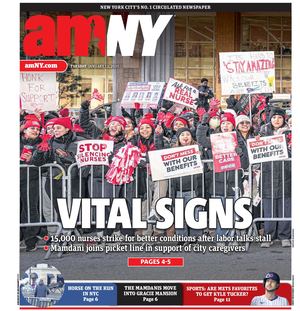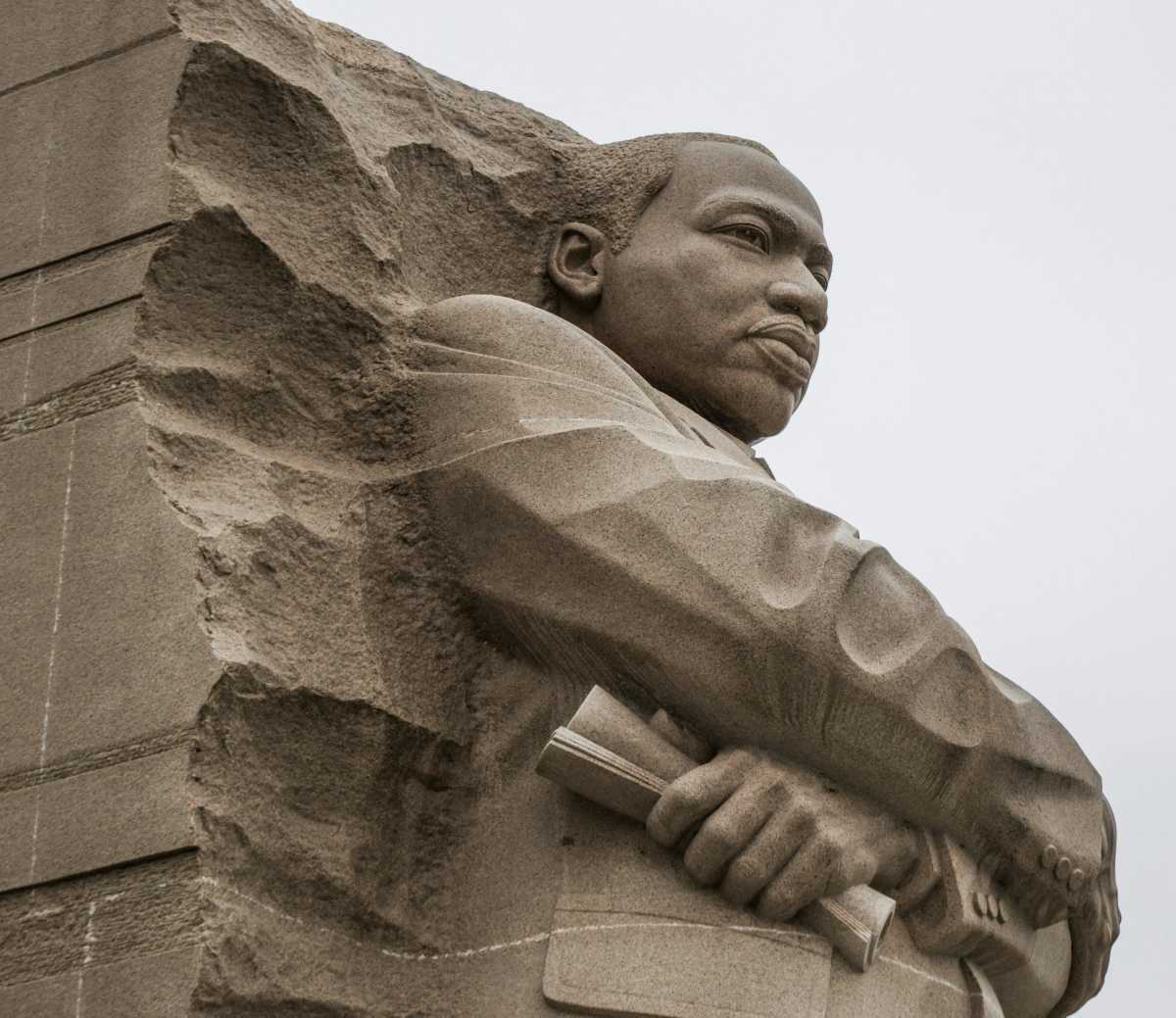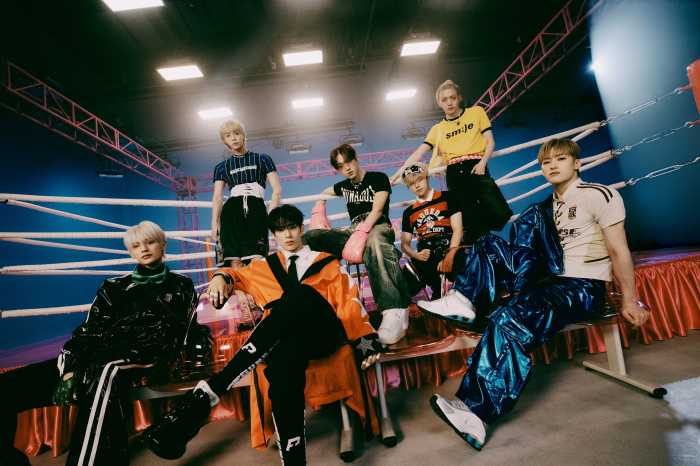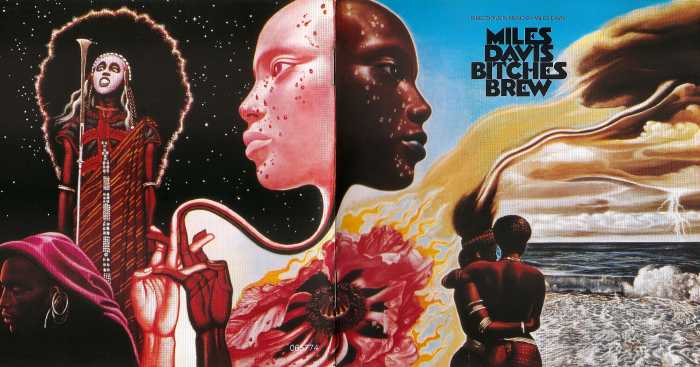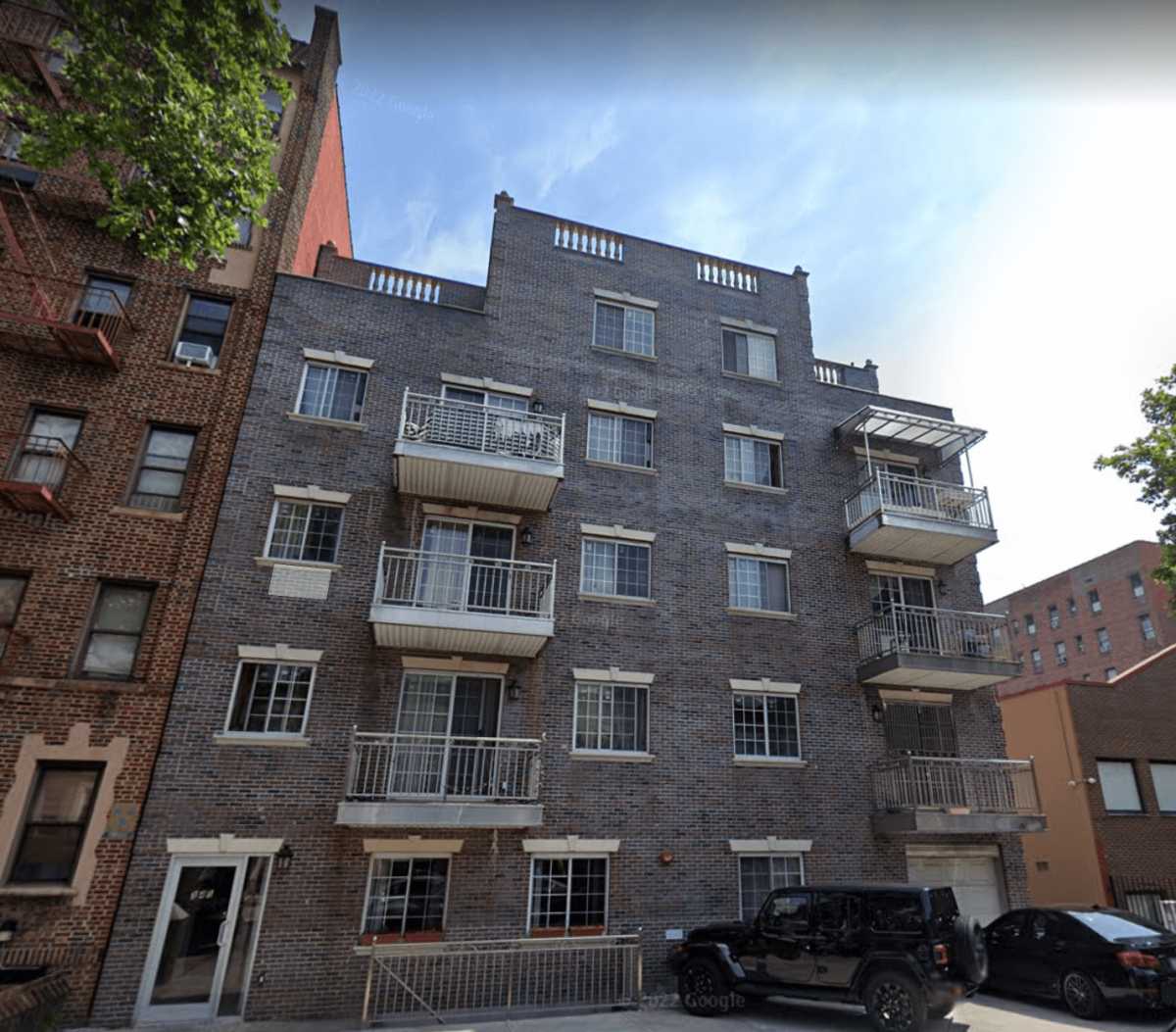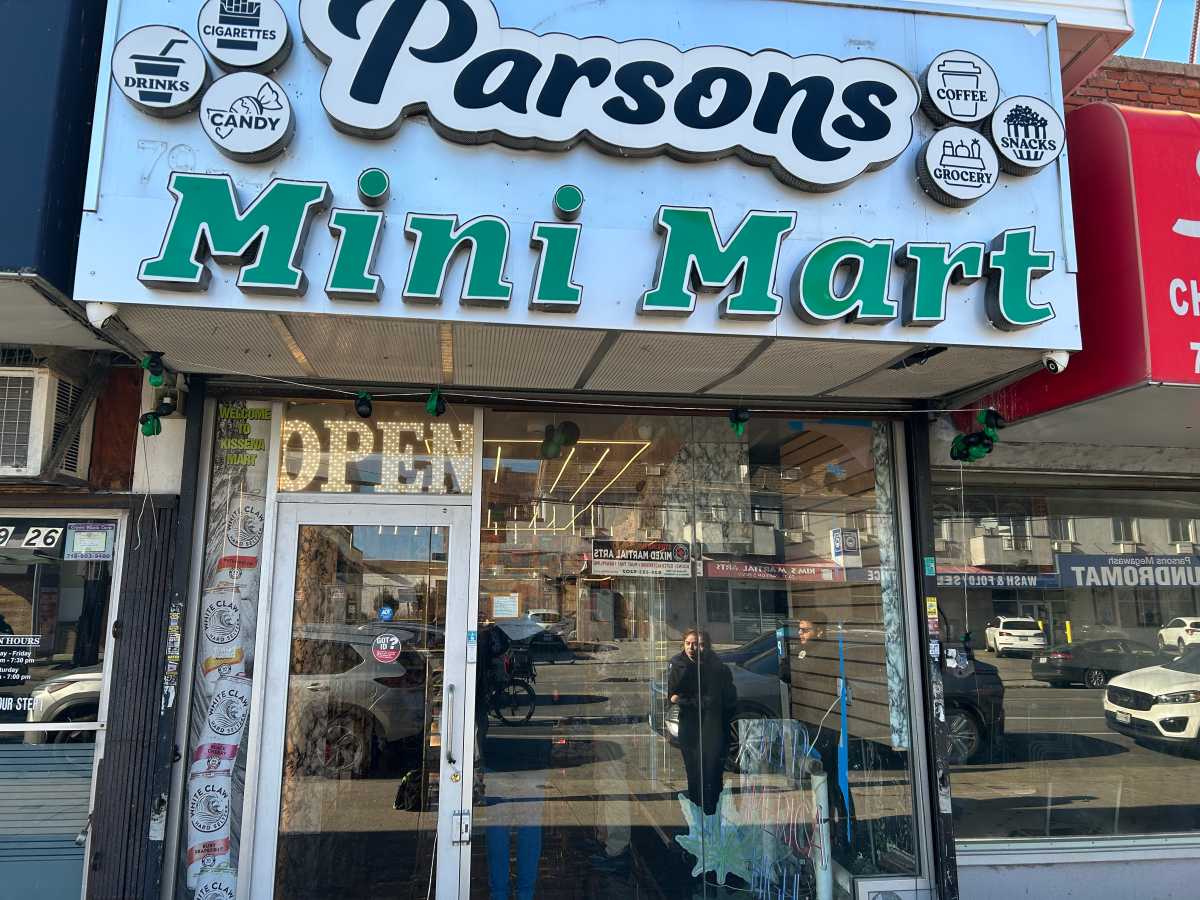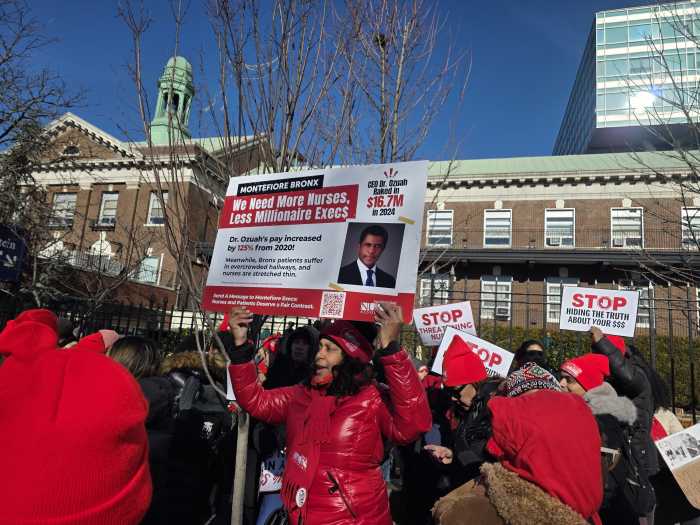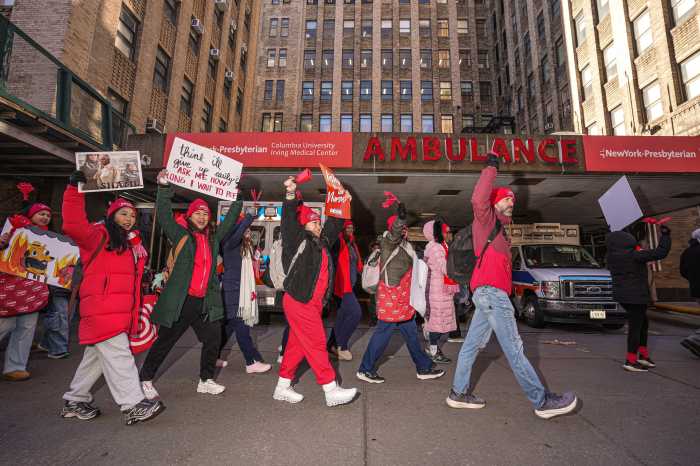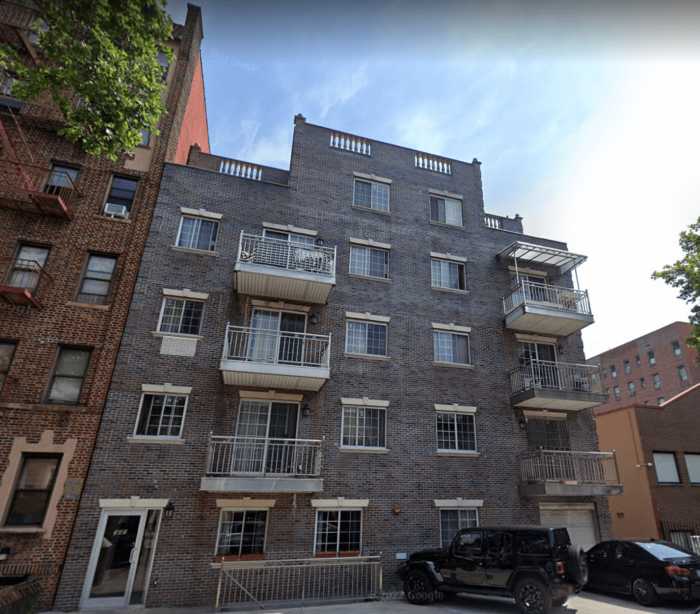If Joe Alwyn looks familiar, there’s plenty of reason for it. The 27-year-old’s talent has earned attention beyond the celebrity gossip that follows his name due to his relationship with Taylor Swift — this year alone he’s featured in three films circling the awards circuit. In the period drama "Mary Queen of Scots," Alwyn plays Lord Dudley, lover of Queen Elizabeth I (Margot Robbie). In "Boy Erased," he is Henry, who plays a pivotal — albeit monstrous — role in Jared’s (Lucas Hedges) journey.
For director Yorgos Lanthimos’ dark comedy "The Favourite," Alwyn enters an absurdist historical tale set in 18th century England as Samuel Masham, a courtier who lusts after Abigail (Emma Stone), a woman determined to become the royal court favorite by entering into a lesbian love triangle with Lady Sarah (Rachel Weisz) and Queen Anne (Olivia Colman). Through this tangled web the film explores sex, love, loyalty and deceit.
amNew York spoke with Alwyn about the film, which opens Friday.
You’re in multiple films receiving Oscar buzz this year. How does that feel?
It’s great. I’m just excited to be a part of films that people are excited to see. I feel very fortunate to work with the filmmakers that I have this year. They’re all very different projects even though two of them are period films, obviously with "The Favourite" and "Mary Queen of Scots," they couldn’t be further apart, so to get to work on these films and to play three very different characters was brilliant.
If there’s anyone who knows how to craft a dark comedy, it’s Yorgos. What was it like to work with him?
He was brilliant. Seeing his films before, like “Dogtooth” and “Alps," I thought he was going to be crazy when I met him, but he’s quite the opposite of that. He’s very contained and quiet and down to earth. As a director, he’s relatively unconventional in that given that this is a period film he didn’t want to talk about the period, or the history, or intentions — any of the more conventional aspects that as an actor you might expect to talk about. It was quite liberating in the sense that he steps back and doesn’t give you conventional direction. Once you give yourself over to that, it’s freeing.
Despite the audience knowing Abigail’s intentions to use the relationship as leverage, Masham has this interesting dance with her. What were your thoughts on their relationship?
I thought it was a funny one to step into. He sees Emma’s character early on as this shiny object that he lusts after, and she in turn recognizes the potential in him to climb rank through his status. It’s this kind of back and forth power play of cat and mouse. I didn’t know the absurdity as to how some of it would be realized when we shot it. It wasn’t until being in the rehearsal room for two weeks that I realized it was being built into something more extreme.
How did you create that whole relationship with Emma?
It was fun. It wasn’t something that we spoke about that much. In general with Yorgos, he didn’t want us to speak about the relationships or intellectualize anything. He just wanted us to have fun on set and see what happened. He constructed this two-week rehearsal period where we were reading through the script almost like a play and would switch parts. I would read the Queen, and the Queen would read Masham — everyone would switch around. So the reading was combined with all these wacky exercises that Yorgos put together, which involved a lot of rolling around on the floor and singing and doing all kinds of weird things. I think he just wanted to humiliate us.
Did the elaborate costumes help you get into that world?
Yes, Sandy Powell is obviously a genius and it also makes the job so much easier when you’re stepping into these beautiful costumes, which she designed. The makeup and hair designer, Nadia Stacey, too, with all the wigs and makeup. I was wearing high heels and it was a little tricky to dance in them, but it was fun.
The dance scene is one of those absurd comedic moments that is so uniquely Yorgos.
We worked with a choreographer Constanza Macras. She, Yorgos, and Rachel and I pieced it together through [rehearsal] time. He obviously wanted this contrast of stoic expressions and a rigid format of unconventional ballroom dance, but then the contrast of that was these very modern dance moves.
